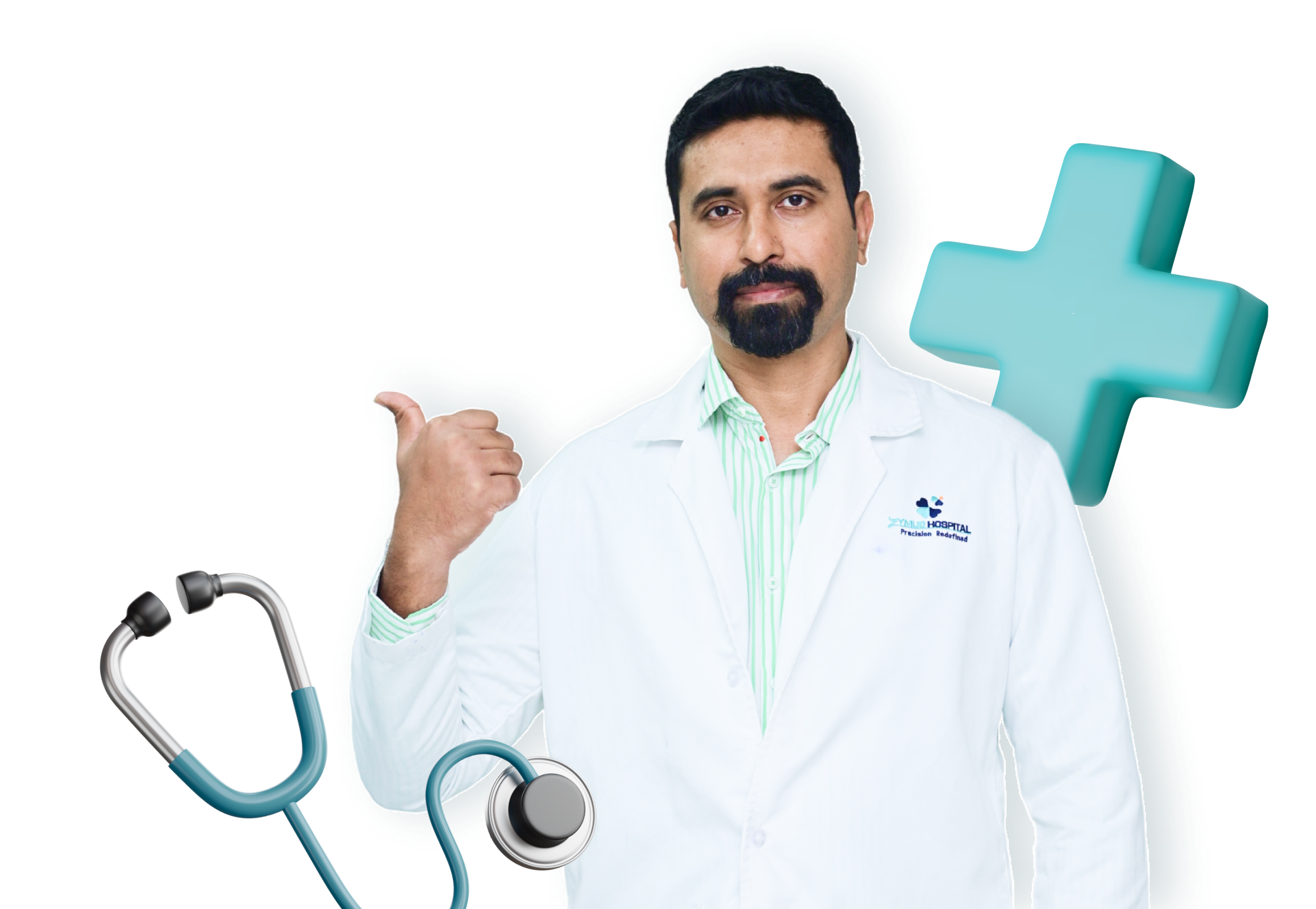Testosterone Replacement Therapy (TRT) is a medical treatment used to help men with low testosterone (low T), a condition known as hypogonadism. Testosterone is a vital hormone for men, influencing many bodily functions, including muscle mass, bone density, mood, energy levels, libido (sexual drive), and overall well-being. TRT helps restore testosterone levels to a normal range and can alleviate the symptoms associated with low testosterone.

Testosterone Replacement Therapy
Detailed Information
Low testosterone (hypogonadism) occurs when the body is unable to produce enough testosterone. This condition can be caused by various factors, including:
1. Aging: Testosterone levels naturally decline with age, typically starting around age 30, with a gradual decrease over time.
2. Injury or Infection: Damage to the testes, such as from trauma, infection, or surgery, can result in low testosterone levels.
3. Chronic Illness: Conditions like diabetes, obesity, sleep apnea, and chronic liver or kidney disease can affect testosterone production.
4. Pituitary Gland Disorders: The pituitary gland helps regulate hormone production. Tumors or dysfunction of the pituitary can lead to low testosterone.
5. Genetic Factors: Conditions such as Klinefelter syndrome (a genetic condition with an extra X chromosome) can cause primary hypogonadism.
1. Aging: Testosterone levels naturally decline with age, typically starting around age 30, with a gradual decrease over time.
2. Injury or Infection: Damage to the testes, such as from trauma, infection, or surgery, can result in low testosterone levels.
3. Chronic Illness: Conditions like diabetes, obesity, sleep apnea, and chronic liver or kidney disease can affect testosterone production.
4. Pituitary Gland Disorders: The pituitary gland helps regulate hormone production. Tumors or dysfunction of the pituitary can lead to low testosterone.
5. Genetic Factors: Conditions such as Klinefelter syndrome (a genetic condition with an extra X chromosome) can cause primary hypogonadism.
Symptoms of low testosterone vary, but they may include:
• Low libido (reduced sexual desire).
• Erectile dysfunction (difficulty achieving or maintaining an erection).
• Fatigue and low energy levels.
• Decreased muscle mass or strength.
• Increased body fat, particularly around the abdomen.
• Mood changes, such as depression, irritability, or anxiety.
• Decreased bone density, leading to osteoporosis.
• Difficulty concentrating or poor memory.
• Hot flashes or night sweats (similar to menopause in women).
• Reduced facial or body hair growth.
• Sleep disturbances (insomnia or poor-quality sleep).
• Low libido (reduced sexual desire).
• Erectile dysfunction (difficulty achieving or maintaining an erection).
• Fatigue and low energy levels.
• Decreased muscle mass or strength.
• Increased body fat, particularly around the abdomen.
• Mood changes, such as depression, irritability, or anxiety.
• Decreased bone density, leading to osteoporosis.
• Difficulty concentrating or poor memory.
• Hot flashes or night sweats (similar to menopause in women).
• Reduced facial or body hair growth.
• Sleep disturbances (insomnia or poor-quality sleep).
TRT is typically recommended for men diagnosed with hypogonadism based on blood tests showing low testosterone levels and the presence of symptoms. Blood tests are essential because testosterone levels can fluctuate throughout the day, with the highest levels occurring in the morning. Therefore, two or more morning blood tests are usually done to confirm a diagnosis of low testosterone.
TRT is also considered for men with:
• Primary hypogonadism: where the testes do not produce enough testosterone (e.g., due to aging, genetic conditions, or injury).
• Secondary hypogonadism: where the issue lies with the pituitary gland or hypothalamus, affecting the signals to the testes that produce testosterone.
TRT is also considered for men with:
• Primary hypogonadism: where the testes do not produce enough testosterone (e.g., due to aging, genetic conditions, or injury).
• Secondary hypogonadism: where the issue lies with the pituitary gland or hypothalamus, affecting the signals to the testes that produce testosterone.
TRT comes in several different forms, each with its advantages and disadvantages:
1. Testosterone Injections:
o Injections of testosterone are one of the most common methods of TRT. They are usually given every 1-2 weeks (though longer-acting formulations may be given less frequently).
o Types: Common injectable forms include testosterone enanthate, testosterone cypionate, and testosterone undecanoate.
o Advantages: Effective at raising testosterone levels; relatively inexpensive.
o Disadvantages: Injections need to be administered by a healthcare provider or self-injected. Blood levels of testosterone can fluctuate between doses, potentially leading to mood swings or energy dips.
2. Topical Testosterone (Gels and Creams):
o Testosterone gels (e.g., AndroGel, Testim) are applied directly to the skin, typically on the shoulders, upper arms, or abdomen.
o Advantages: Easy to apply, offers more stable levels of testosterone compared to injections.
o Disadvantages: Can be transferred to others through skin-to-skin contact, so care must be taken not to expose others, especially children, to the hormone. Requires daily application.
3. Testosterone Patches:
o Patches (e.g., Androderm) are applied to the skin, typically on the back, abdomen, or thighs, and worn overnight.
o Advantages: Convenient, steady absorption of testosterone throughout the day.
o Disadvantages: Skin irritation can occur, and the patch must be replaced daily. Some men find it cumbersome to wear a patch.
4. Testosterone Pellets:
o Small pellets (e.g., Testopel) are implanted under the skin, usually in the hip or buttocks. These pellets release testosterone over a period of 3–6 months.
o Advantages: Once implanted, no need for daily application or frequent injections. Pellets provide steady, long-term hormone release.
o Disadvantages: Requires a minor surgical procedure for implantation. Pellets can sometimes cause infection or extrusion (coming out of the skin).
5. Testosterone Buccal Tablets:
o These are tablets that are applied to the gums (above the upper teeth) and absorbed through the mucous membrane.
o Advantages: Easy to use and discreet.
o Disadvantages: Some men find the tablets uncomfortable, and they may cause gum irritation.
6. Testosterone Undecanoate (oral):
o Testosterone undecanoate is a form of testosterone that can be taken orally in some countries (though it’s not available in all regions).
o Advantages: Convenient for men who prefer pills over injections or topical applications.
o Disadvantages: It may not be suitable for all men, as it can cause liver side effects in some cases.
1. Testosterone Injections:
o Injections of testosterone are one of the most common methods of TRT. They are usually given every 1-2 weeks (though longer-acting formulations may be given less frequently).
o Types: Common injectable forms include testosterone enanthate, testosterone cypionate, and testosterone undecanoate.
o Advantages: Effective at raising testosterone levels; relatively inexpensive.
o Disadvantages: Injections need to be administered by a healthcare provider or self-injected. Blood levels of testosterone can fluctuate between doses, potentially leading to mood swings or energy dips.
2. Topical Testosterone (Gels and Creams):
o Testosterone gels (e.g., AndroGel, Testim) are applied directly to the skin, typically on the shoulders, upper arms, or abdomen.
o Advantages: Easy to apply, offers more stable levels of testosterone compared to injections.
o Disadvantages: Can be transferred to others through skin-to-skin contact, so care must be taken not to expose others, especially children, to the hormone. Requires daily application.
3. Testosterone Patches:
o Patches (e.g., Androderm) are applied to the skin, typically on the back, abdomen, or thighs, and worn overnight.
o Advantages: Convenient, steady absorption of testosterone throughout the day.
o Disadvantages: Skin irritation can occur, and the patch must be replaced daily. Some men find it cumbersome to wear a patch.
4. Testosterone Pellets:
o Small pellets (e.g., Testopel) are implanted under the skin, usually in the hip or buttocks. These pellets release testosterone over a period of 3–6 months.
o Advantages: Once implanted, no need for daily application or frequent injections. Pellets provide steady, long-term hormone release.
o Disadvantages: Requires a minor surgical procedure for implantation. Pellets can sometimes cause infection or extrusion (coming out of the skin).
5. Testosterone Buccal Tablets:
o These are tablets that are applied to the gums (above the upper teeth) and absorbed through the mucous membrane.
o Advantages: Easy to use and discreet.
o Disadvantages: Some men find the tablets uncomfortable, and they may cause gum irritation.
6. Testosterone Undecanoate (oral):
o Testosterone undecanoate is a form of testosterone that can be taken orally in some countries (though it’s not available in all regions).
o Advantages: Convenient for men who prefer pills over injections or topical applications.
o Disadvantages: It may not be suitable for all men, as it can cause liver side effects in some cases.
Book Your Consultation Now
Schedule an appointment with the leading uro-oncologist in Bangalore, Dr. Anil
Kumar T. Benefit from expert care and advanced treatment options for all your
urological needs, delivered with a patient-centered approach.

Resolve Your Queries
Answers to the most common inquiries about urological conditions, treatments, and patient care. Designed to offer quick guidance and help you better understand, ensuring you feel informed and confident in your healthcare decisions.
Still have queries about Urology & Uro Oncology? Hit the button below.
Accordion Tab Title 2
Lorem ipsum dolor sit amet, consectetur adipisicing elit. Optio, neque qui velit. Magni dolorum quidem ipsam eligendi, totam, facilis laudantium cum accusamus ullam voluptatibus commodi numquam, error, est. Ea, consequatur.
Accordion Tab Title 3
Lorem ipsum dolor sit amet, consectetur adipisicing elit. Optio, neque qui velit. Magni dolorum quidem ipsam eligendi, totam, facilis laudantium cum accusamus ullam voluptatibus commodi numquam, error, est. Ea, consequatur.
Visit Us
Zymus Hospital Address
No.1, K NO. 92, Nanjappa Complex, Kanakapura Rd, Raghuvanahalli, Bangalore City Municipal Corporation Layout, Bengaluru, Karnataka 560062
Menu
Menu
Quick Links
Menu
Copyright © 2024. Dr Anil Kumar T

